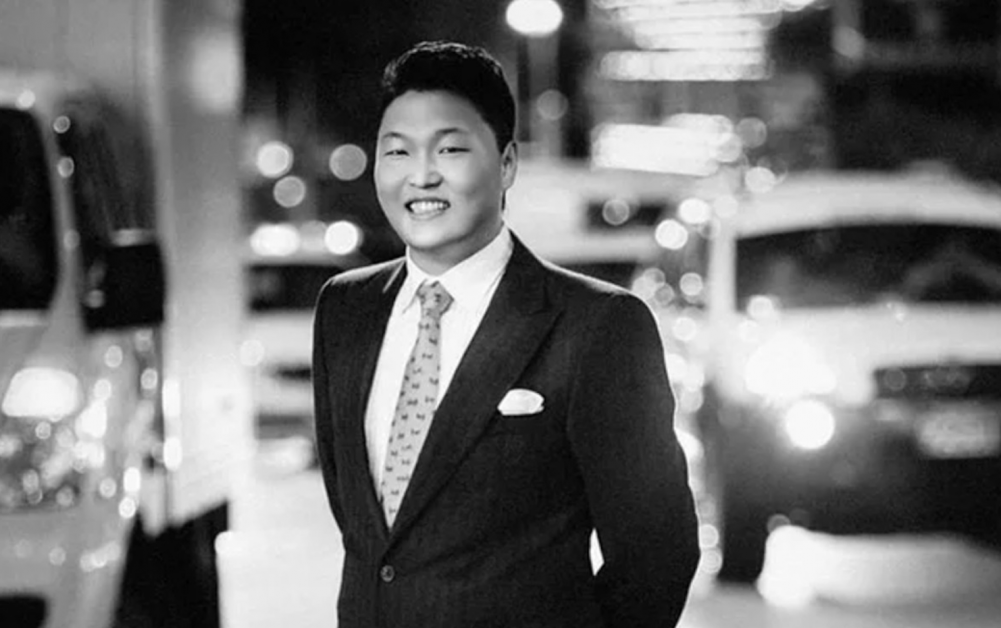
Young Voices Matter: Dr. Felipe Paullier and the United Nations Pact for the Future
In a world where young voices often feel muted, Dr. Felipe Paullier has stepped into a role that aims to amplify them. Appointed as the first Assistant Secretary-General for Youth Affairs at the United Nations, Paullier is on a mission to ensure the concerns and aspirations of the world’s 2 billion youth are integrated into global dialogues. Though Dr. Paullier acknowledges he can’t speak for all young people, his leadership position reflects a new commitment to championing their cause at an international level.
Setting the Stage
Dr. Paullier, who began his role in December, is no stranger to the youth agenda. With a background as a pediatrician and the former Director General of Uruguay’s National Youth Institute, he understands the complexities and nuances of youth issues. In a recent interview on the sidelines of the U.N. General Assembly, he shared his insights into the U.N.’s new initiative, the “Pact for the Future,” which seeks to involve young people more deeply in decision-making processes.
“While youth have been recognized in U.N. discussions for decades, this role formalizes their importance as partners in dialogue,” he explained. “My office serves as a testament to the recognition of youth in global discourse, signaling a shift towards genuine engagement.”
The Pact for the Future: A Turning Point
The recent U.N. Summit of the Future established two pivotal commitments aimed at enhancing youth engagement. The first encourages governments to create national mechanisms for youth participation, considerably empowering young people at the grassroots level. The second involves establishing common principles for meaningful youth participation at the global level. This marks a significant transition from the traditional view of young people merely as beneficiaries of policies to recognizing them as essential stakeholders in the policymaking process.
“This is a recent evolution,” Paullier stated. “A decade or so ago, young people were often viewed as passive recipients of plans made by older generations. However, with initiatives like the Pact for the Future, we’re seeing a paradigm shift where institutions are beginning to engage with youth as partners.”
Bridging the Gap: From Participation to Action
The concern remains, however, about whether young people will see substantive outcomes from these discussions. At a preparatory event leading up to the summit, a young activist poignantly articulated this frustration, stating that mere invitations to events do not equate to meaningful engagement. The real challenge lies in ensuring young people are not only included in discussions but that their voices lead to actionable change.
Paullier recognizes this challenge, explaining, “Traditional institutions often struggle to adjust to the rapid changes in society, particularly with the impact of technology. However, this summit demonstrates a willingness from governments to evolve the narrative around youth participation.”
He emphasizes that the role of his office will focus on pushing for meaningful changes to bridge the gap between words and actions. “We must align institutional frameworks with the realities of today’s youth, who are more engaged and empowered than ever before,” he noted.
Realism and Hope: The Outlook for Youth Objectives
At the heart of Paullier’s efforts lies a crucial question of whether the goals set forth by young people are achievable. His response is clear: “Completely.” He believes that, with serious governmental commitment and a shift in the status quo, the ambitions of youth activists can translate into tangible results.
The recognition of youth participation is sobering yet hopeful, as the U.N. takes steps to honor the voices of young people across the globe. The ability for young people to affect change, particularly on pressing issues like climate change, education, and social justice, hinges on their meaningful involvement in decision-making frameworks.
Conclusion
As we look into the future, the role Dr. Felipe Paullier plays at the U.N. could signify a transformative chapter in how global institutions engage with the youth population. With the intent to foster real dialogue and collaboration, the question remains: will this newfound emphasis lead to lasting change? Only time will tell, but one thing is certain: young voices are being heard, and they are ready to pick up the mantle in shaping their futures.
For more insights into the activities of the United Nations and its engagement with youth, explore their ongoing efforts at U.N. News Coverage.


